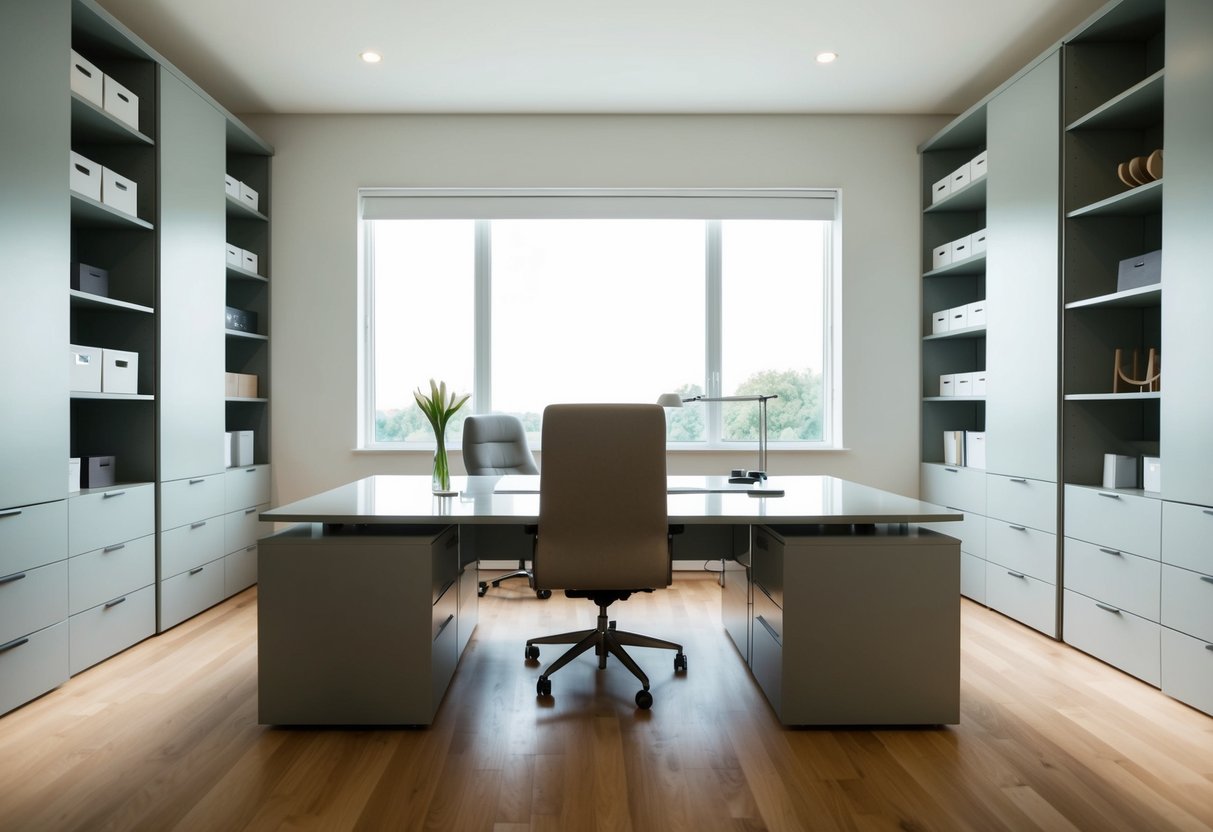Organizing Your Home Office for Maximum Productivity
In an age where remote work is becoming the norm, creating an efficient home office is more important than ever. The environment in which one works can significantly affect productivity, making it essential to design a space that fosters focus and organization. A well-organized home office reduces distractions, enabling you to maintain a high level of productivity.
Strategically organizing a home office involves more than arranging furniture; it’s about optimizing space to enhance workflow. Essential elements such as proper lighting, ergonomic furniture, and clutter-free surfaces play a critical role in maintaining efficiency. The way the space is used can directly impact how effectively tasks are completed.
By integrating thoughtful design and functionality, anyone can transform their home office into a productive haven. This not only boosts one’s ability to concentrate but also supports a seamless workflow throughout the workday. Creating a personalized space tailored to individual needs can make a significant difference in overall work performance.
Designing Your Home Office Layout

An efficient home office layout enhances productivity by ensuring a functional workspace. It is crucial to choose a suitable desk and comfortable office furniture, while optimizing lighting to include ample natural light.
Choosing the Right Desk
The desk is central to any office. A large surface allows for a spacious work area accommodating both technology and paperwork. Consider the desk’s height, ensuring it suits ergonomic guidelines to reduce strain. Storage options such as drawers can help keep the workspace tidy. Selecting a sturdy material, like wood or metal, will ensure durability. It’s also important to think about the style, aligning it with the office’s overall aesthetic for a cohesive look.
Selecting Comfortable Office Furniture
Comfortable seating directly impacts productivity. An ergonomic chair with adjustable height and lumbar support minimizes fatigue during long hours. Armrests and a swivel base offer additional comfort and flexibility. Shelving or cabinets should be at an accessible height to reduce unnecessary stretching. The furniture placement should foster efficient movement within the space, creating an intuitive flow.
Optimizing Lighting and Natural Light
Lighting can affect concentration and mood. Position the desk near a window to take advantage of natural light, which reduces eye strain and enhances well-being. Layer lighting with an overhead fixture for general illumination and a desk lamp for focused tasks. Choose bulbs with a color temperature that mimics daylight. Consider daylight exposure throughout the day, adjusting window treatments to reduce glare while maximizing light.
Organizing Your Desk for Efficient Workflow
A well-organized desk is crucial for productivity and focus. It involves maintaining a tidy workspace, using specific tools and practices, and finding innovative solutions to improve efficiency.
The Importance of a Clean Workspace
A clean workspace reduces distractions and creates a calmer atmosphere. It sets the tone for increased productivity, allowing individuals to concentrate on tasks without unnecessary interruptions. Clutter can lead to stress and decreased efficiency, making it harder to find important documents or tools. A dedicated effort to keep the desk tidy can significantly enhance an individual’s ability to focus and work efficiently. Regularly decluttering and cleaning surfaces, organizing papers, and ensuring everything has a proper place are integral steps. They contribute to a well-functioning environment that supports seamless workflow and minimizes stress.


